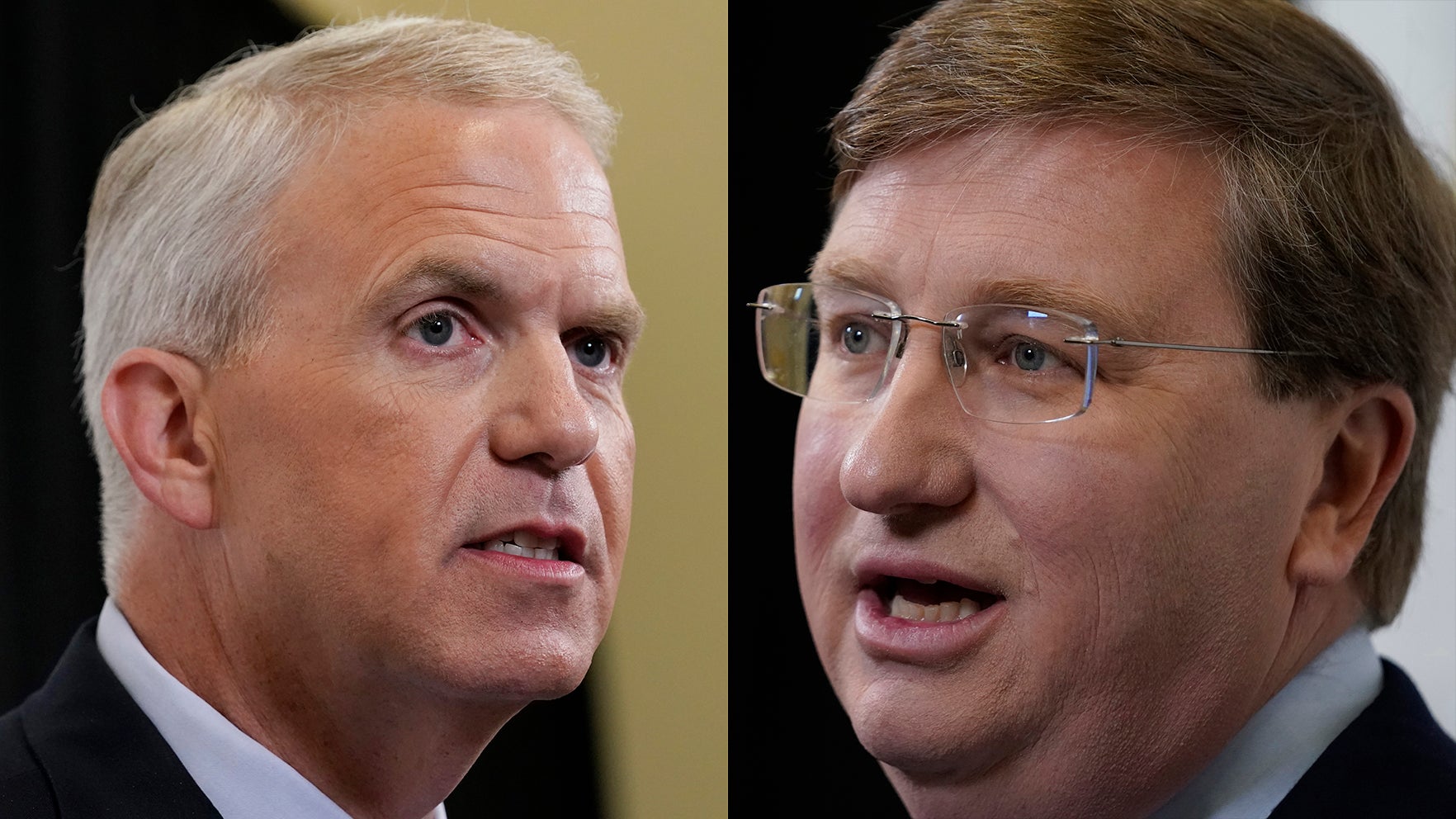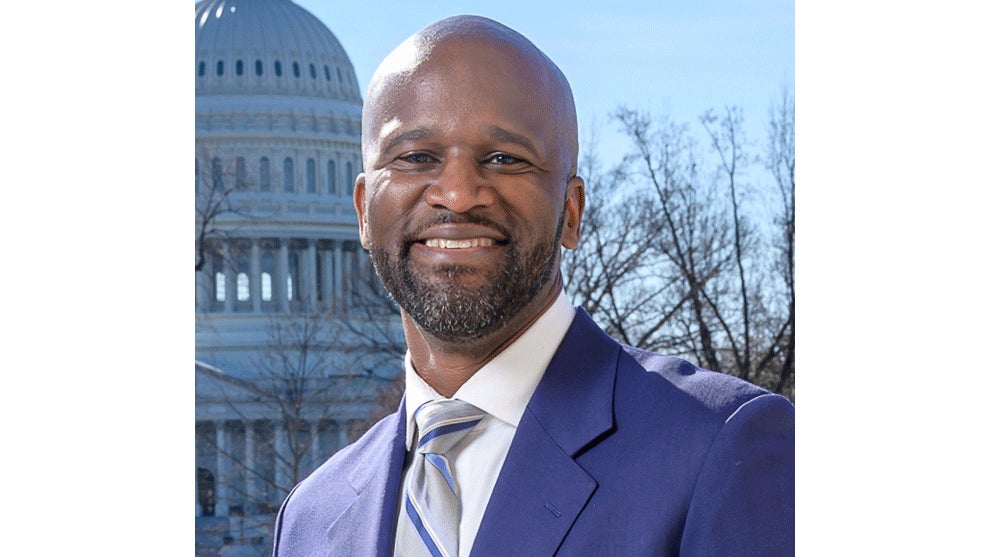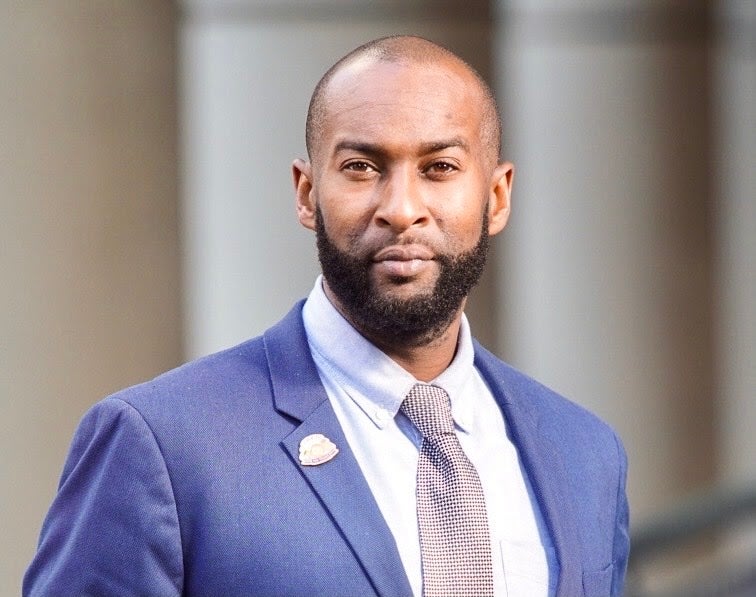“The ‘Summer of Love’ was more a media event than anything else,” Todd Gitlin, one of the nation’s foremost historians of the 1960s, told The Associated Press in an email Wednesday. “But if hippie paradise was a myth, it was a myth that a lot of people believed in. Manson damaged it gravely.”
On Wednesday, Manson, now a grizzled, shuffling 82-year-old, lay hospitalized with an undisclosed illness after being taken from California’s Corcoran State Prison, where he was serving a life sentence, according to news reports that correction officials would not confirm, citing privacy laws.
Manson’s reappearance in the news conjured a turbulent period in U.S. history when the country seemed to be coming apart at the seams.
A petty criminal who had been in and out of jail since childhood, Manson reinvented himself during the Summer of Love as a long-haired, Christ-like guru spouting Bible verses and Beatles lyrics.
After attracting a following of 100 or so from San Francisco’s Haight-Ashbury district, many of them young women, runaways or other lost souls, Manson took them to an old movie ranch on the edge of Los Angeles that he transformed into a commune of sex, drugs and music.
On Aug. 9 and 10, 1969, he sent some of his devotees out on a murderous mission to two of Los Angeles’ wealthiest neighborhoods, where they killed pregnant actress Sharon Tate, several of her society friends and others. Most of the victims were stabbed.
Authorities would learn that he had hoped the killings would touch off a race war. He had apparently gotten the idea from a twisted reading of the hard-rocking Beatles song “Helter Skelter.”
The youngest member of his original Manson Family, Leslie Van Houten, a teenage runaway and former homecoming princess from a Los Angeles suburb, said he had brainwashed her and others with sex, LSD, constant readings from the Bible, repeated playings of the Beatles’ “White Album” and rambling lectures about triggering a revolution.
Like other surviving followers, Van Houten is serving a life sentence for murder.
The slayings shocked the country with their savagery. Messages like “Pigs” and a misspelled “Healter Skelter” were scrawled in the victims’ blood on their walls and doors, and the city was paralyzed in fear. Residents of Los Angeles’ nearby Laurel Canyon neighborhood, then a haven for musicians, began locking their doors.
After Manson and his followers were caught, the nation got a front-page look at his piercing, demonic stare and the Nazi swastika he had carved into his forehead.
What seemed to be an emerging era of peace and love that had reached a high point at the Woodstock music festival that same summer was suddenly re-evaluated.
During a 2013 Rolling Stone interview, Manson had seemingly lost none of his attitude — “If I can touch you, I can kill you,” he told reporter Erik Hedegaard — but did not appear to be aging well.
“He’s an old man with a nice head of gray hair but bad hearing, bad lungs, and chipped-and-fractured, prison-dispensed bad dentures,” Hedegaard wrote, adding that Manson shuffled when he walked and used a cane.





